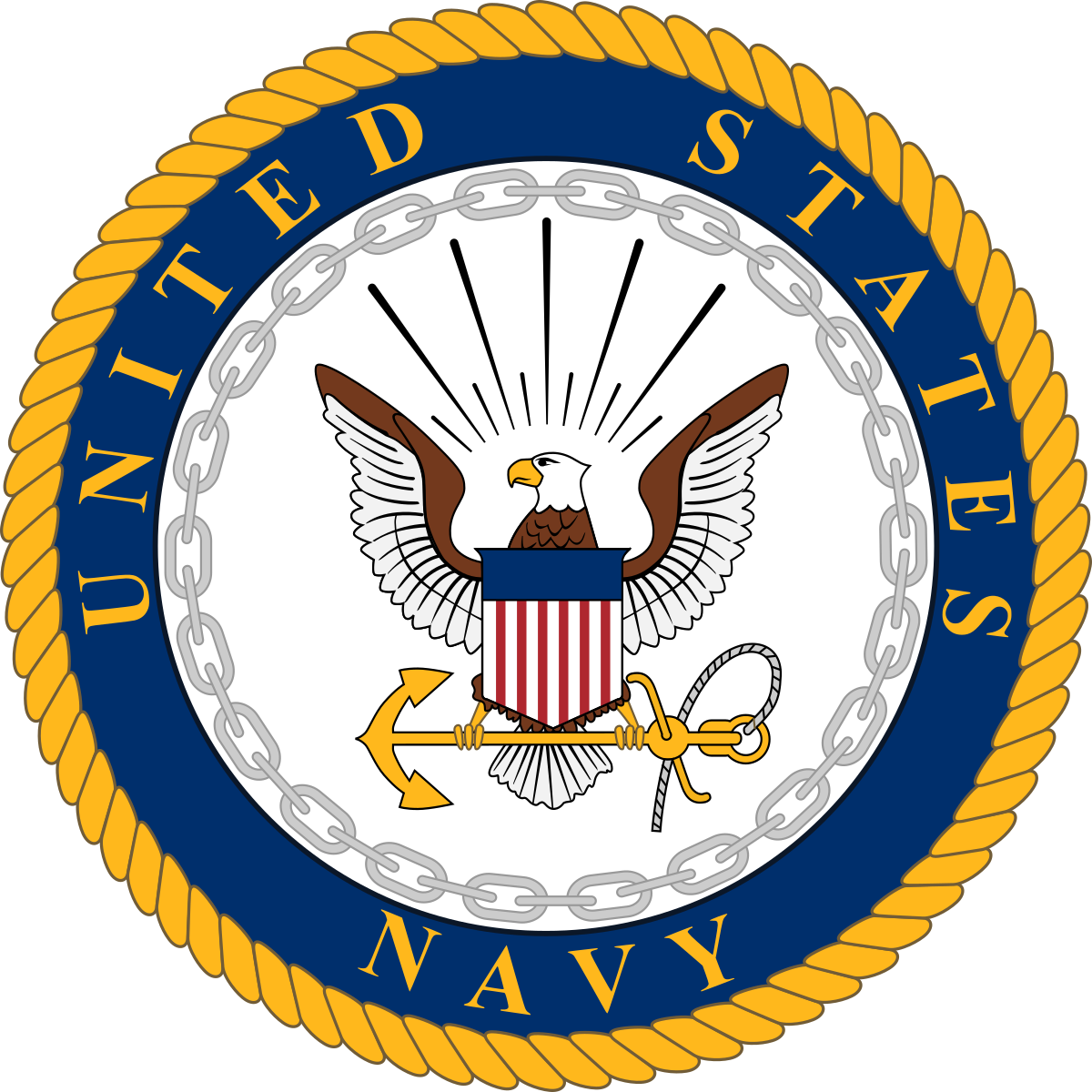Part 2 of 3 Parts (Please read Part 1 first)
Once the REV is deployed after testing, it will hold a complement of specially trained security personnel. The car will provide “a comfortable living and working environment,” for trips that can span thousands of miles. One example would be the route from Portsmouth, Maine, Naval Shipyards to Idaho. The solid REV has no windows except for small slots described as firing ports. The REV is about seventy feet long and weights one hundred and eighty-five thousand pounds when full loaded. The total estimated cost of the REV has not yet been released but the DoE contributed ten million dollars to its development. Ultimately, the Navy has plans to procure five of the new railcars. The DoE will buy its own similarly designed escort railcars for commercial shipments of spent nuclear fuel.
Smith has confirmed that the Navy waste shipments will be accompanied by “Navy personnel that are specially trained, armed, and have access to extensive and redundant communications capabilities.” He did not specify what rating these Naval personnel have or what weapons they would carry aboard the REV. He did mention that the security regulations attached to the REV limited what he could say about some aspects of the operation of the new caboose.
Patrick Schwab is the Atlas project manager for DoE's Office of Nuclear Energy. Last January he said, “The REV is the last piece of the puzzle in completing a railcar system to safely transport the nation's spent nuclear fuel. This project is a prime example of the great collaboration between DOE and the Navy and will further serve the nation's naval nuclear propulsion program, as well as our civilian reactors which currently supply more than half of our nation's clean energy.”
The U.S. Navy has over one hundred nuclear reactors. Most of these reactors are used to provide power to the Navy’s fleet of carriers and submarines. Nuclear reactor cores are a long-lasting, zero carbon emission energy source. The Navy is proud of its perfect safety record to date in its employment of nuclear propulsion. Other countries have had disastrous accidents with their nuclear submarines including Canada and Russia. Russia sank a damaged nuclear submarine with its nuclear core onboard in the Barents Sea.
However, when nuclear fuel is spent, the necessary disposal process is both delicate and time consuming. The nuclear fuel in a Nimitz-class aircraft carrier lasts about twenty-five years which is about half of the service life of a U.S. carrier. The nuclear core in an attack submarine can last between twenty and thirty years. It is expected to last for the entire service life of a nuclear submarine.
A brief from the Naval Nuclear Propulsion Program says that “The first nuclear-powered submarine, USS NAUTILUS (SSN 571), was refueled after her first two years of operation having steamed about 62,000 miles. Today's nuclear-powered attack submarine will not require refueling during its 33-year life and will steam over one million miles.”
Please read Part 3 next
